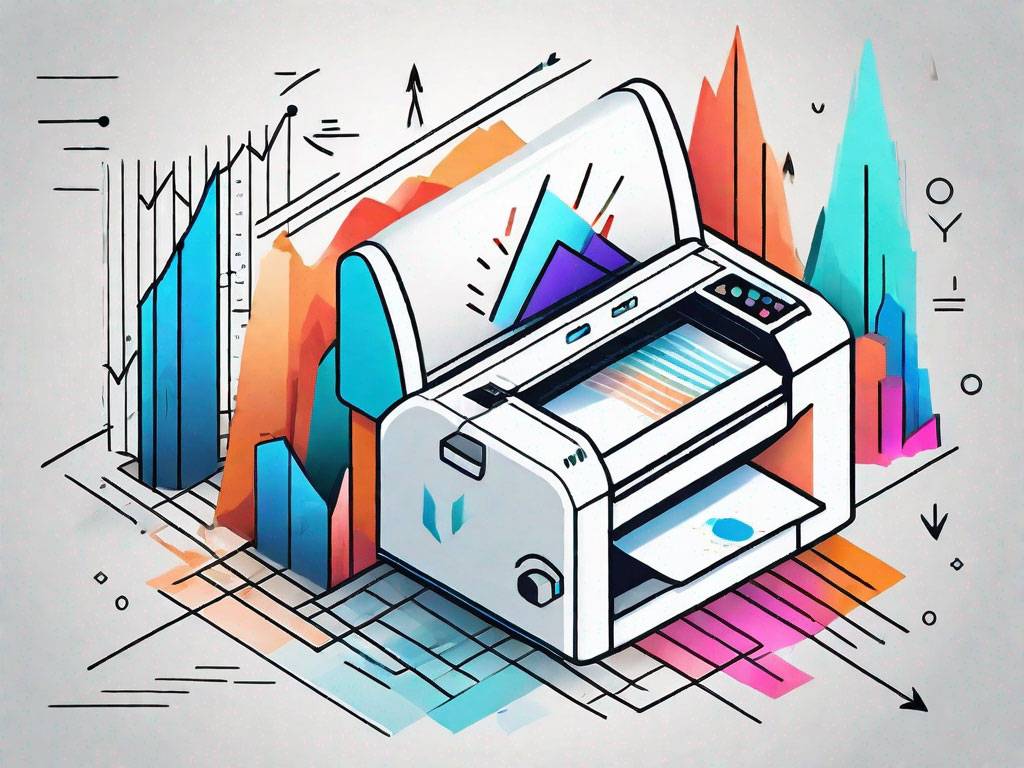Understanding Exactly How Digital Printing Revolutionizes the Printing Market
The printing sector, long soaked in standard methods, is going through an extreme improvement with the arrival of electronic printing. With its possible to stimulate interaction with customized material and to provide sustainable services, it's clear that digital printing is even more than a technical innovation; it's a crucial video game changer.
The Development of Digital Printing: A Short Summary
Because its inception, electronic printing has actually gone through considerable changes, continually revolutionizing the printing sector. Its development started with the advancement of xerography in the mid-20th century, a procedure which laid the groundwork for printer. With the development of the 90s, electronic printing modern technology started to mature, and the market experienced the introduction of direct imaging presses, which got rid of the requirement for publishing plates. As the new millennium unravelled, improvements in innovation further stimulated the growth of electronic printing, causing the creation of high-speed inkjet printers. These tools used superior top quality and speed, for life altering the landscape of the sector. Today, digital printing stands as a testimony to human advancement, constantly evolving to satisfy the ever-changing needs of the contemporary world.

Unboxing the Modern Technology Behind Digital Printing
Diving into the ins and outs of electronic printing technology, one experiences an abundant tapestry of advanced machinery and complicated formulas. At the heart of this process lies an electronic photo, which is processed by software application that splits it right into a grid of dots. This intricate system, reinforced by sophisticated software program and high-resolution imaging, has changed the landscape of the printing industry, paving the way for extraordinary levels of information and precision.

The Benefits of Digital Printing for Organizations
Comprehending the technology behind electronic printing provides a clear image of its precision and detail. For organizations, this equates right into various benefits. Digital printing supplies unprecedented speed, making it possible for firms to satisfy limited target dates without compromising on high quality. Next off, it reduces read the full info here expenses as there are no plates or physical arrangement, making it perfect for small-volume printing tasks. Moreover, this modern technology offers exceptional uniformity with each print result, eliminating variations typically seen in typical methods. Last but not least, electronic printing is eco-friendly, using less ink and producing less waste. However, the full capacity of electronic printing is understood when made use of for modification and customization, a subject that will certainly be covered detailed in the following area.
The Role of Digital Printing in Customization and Personalization
While typical printing approaches battle with modification and personalization, electronic printing masters these areas. It enables the easy alteration of styles, without the requirement for costly and lengthy plate adjustments (print on demand). This enables companies to tailor items to specific customers, this contact form conference certain needs and boosting customer complete satisfaction
Digital printing likewise permits for variable data printing, where aspects such as message, graphics, and pictures might be changed from one printed item to the following, without slowing down the printing procedure. This is specifically helpful for direct advertising projects, where customized messaging can substantially improve reaction prices. This way, digital printing not just changes the printing industry however likewise changes the means companies connect with their customers.
Analysing the Ecological Influence of Digital Printing
Although electronic printing has been lauded for its duty in modification and customization, it is vital to examine its environmental impact. Digital printing can be less wasteful than conventional techniques, because it operates on a 'print on need' basis, eliminating the demand for big print runs that can result in surplus and waste. While digital printing try these out has numerous benefits, its ecological influence needs to be conscientiously taken care of.
Final thought
To conclude, electronic printing has changed the printing industry, using rapid, cost-efficient, and top notch services. It promotes personalization, boosting client involvement, and employs a lasting print-on-demand model. As this innovation remains to develop, its influence on company interaction, customer fulfillment, and environmental sustainability comes to be increasingly extensive. Recognizing these changes is vital for businesses to take advantage of the advantages of electronic printing efficiently.